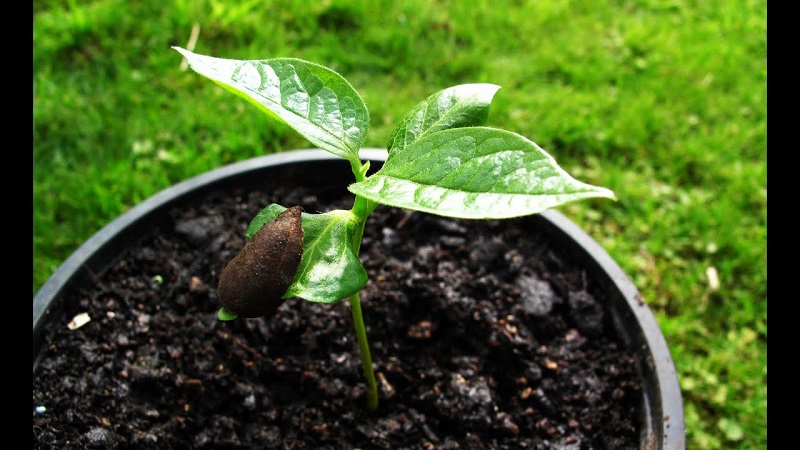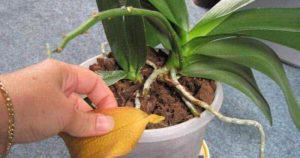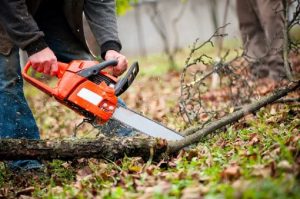
The persimmon tree produces autumn fruit. These are fruits that look like tomatoes or clementines, they are round and orange. The fruit contains high levels of glucose as well as being rich in vitamins and minerals (including vitamin A, vitamin C, and carotene). The fruit of the persimmon tree has beneficial properties because it is low in calories and contains many fibers, which is why it is a perfect food for slimming diets. Persimmon is also rich in antioxidants. It can be eaten raw but can also be used in cake recipes or smoothies. The leaves, on the other hand, are used to make tea.
The beneficial nutritional properties of the fruit make the persimmon plant perfect for growing and being cultivated in the home garden.
If you are looking for tips for growing, pruning, and planting the persimmon tree then this guide is for you! Read on to find out more…
How to plant persimmon tree
Once you have purchased or harvested the seed of the plant, you will need to dig a hole 20cm deep to plant it. The best time to plant seeds is in the fall. Use high-quality potting soil and mix it with potting soil mix. The persimmon tree does not require fertilizer to grow.
Where to plant the persimmon tree
The persimmon tree loves sunny locations, choose a suitable spot in your garden and make sure it gets enough light during the summer months. The tree needs around 20 m2 to grow and expand. Also, the location must be sheltered from the wind. The tree can grow up to 15 cm tall, depending on the type of plant.
How much to water the persimmon tree
During the hot season and with high temperatures, water the plant often. It is really necessary to bathe it assiduously during the first years of life.
How to take care of the persimmon tree
Pruning the persimmon tree will keep it healthy. You should prune it in winter to remove dead leaves and branches growing from the trunk. Cutting some branches is also helpful because the plant will get more sun.
When to harvest persimmons?
The fruits are ready to be harvested once the skin of the fruit has turned orange. Your caci tree will be beautiful to see in the autumn period!
How to ripen and store persimmons
Persimmons have a bitter and astringent taste when freshly picked. You should leave them in the sun instead of eating them right away. Let them ripen in a dry, ventilated place with other fruits such as apples. When the fruit reaches maturity, it must be eaten in a maximum of 2 days because it will not last any longer. You could even keep them in the fridge for a few more days!
A few more persimmon tree-growing tips:
How to grow persimmon trees from seeds?
To grow a persimmon tree from seed you’ll need to get the seed from a mature persimmon with no damage to the fruit (such as rotten or bird-pecked flesh). Once you have harvested some seeds from the fruit, soak them in water for a few days to loosen the pulp around the seed. After that, you can plant them immediately or save them for later use. If you want to preserve them you will need to cool them before planting them to replicate the winter conditions in which the fruit seeds fall to the ground and self-propagate. To do this, wrap the seeds in a moistened paper towel, and place them in the refrigerator for 2 to 3 months. Check the napkin regularly and spray it with water if it is dry. After that, plant the seeds about 5cm deep in a tall container with well-draining soil. Plant one seed per container. Place the container or vase in a warm, bright place. Water regularly to keep the soil moist but not too wet. The persimmon seedling should grow in about 6-8 weeks.
Which pests to watch out for?
The most common pests that infest Kaki trees are aphids and other small ones of the same family. They can be controlled by spraying an insecticide solution.
How fast does a persimmon tree grow?
The tree grows for about 3-5 years before bearing fruit. Reach in the full flowering stage from 7 to 10 years, it will produce maximum fruit.





